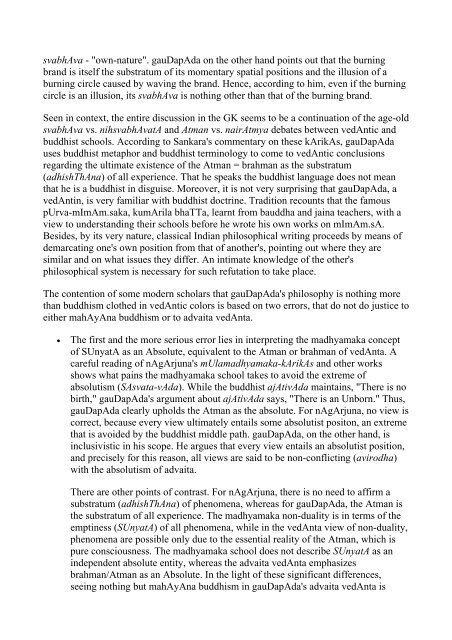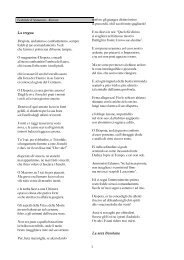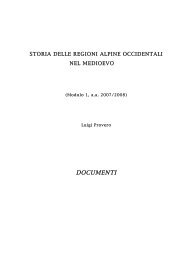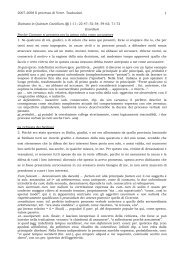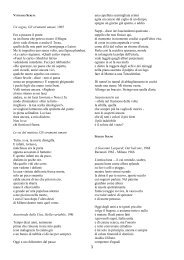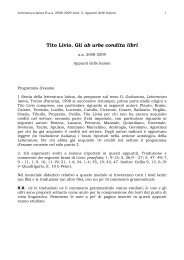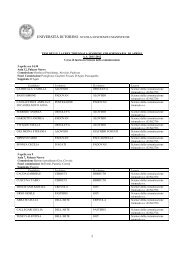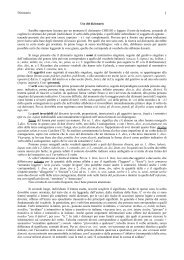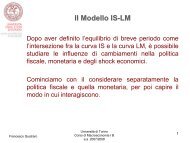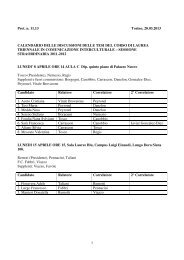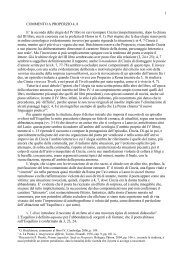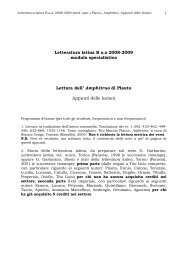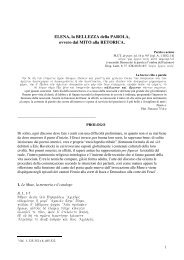ajAti vAda
ajAti vAda
ajAti vAda
You also want an ePaper? Increase the reach of your titles
YUMPU automatically turns print PDFs into web optimized ePapers that Google loves.
svabhAva - "own-nature". gauDapAda on the other hand points out that the burning<br />
brand is itself the substratum of its momentary spatial positions and the illusion of a<br />
burning circle caused by waving the brand. Hence, according to him, even if the burning<br />
circle is an illusion, its svabhAva is nothing other than that of the burning brand.<br />
Seen in context, the entire discussion in the GK seems to be a continuation of the age-old<br />
svabhAva vs. nihsvabhAvatA and Atman vs. nairAtmya debates between vedAntic and<br />
buddhist schools. According to Sankara's commentary on these kArikAs, gauDapAda<br />
uses buddhist metaphor and buddhist terminology to come to vedAntic conclusions<br />
regarding the ultimate existence of the Atman = brahman as the substratum<br />
(adhishThAna) of all experience. That he speaks the buddhist language does not mean<br />
that he is a buddhist in disguise. Moreover, it is not very surprising that gauDapAda, a<br />
vedAntin, is very familiar with buddhist doctrine. Tradition recounts that the famous<br />
pUrva-mImAm.saka, kumArila bhaTTa, learnt from bauddha and jaina teachers, with a<br />
view to understanding their schools before he wrote his own works on mImAm.sA.<br />
Besides, by its very nature, classical Indian philosophical writing proceeds by means of<br />
demarcating one's own position from that of another's, pointing out where they are<br />
similar and on what issues they differ. An intimate knowledge of the other's<br />
philosophical system is necessary for such refutation to take place.<br />
The contention of some modern scholars that gauDapAda's philosophy is nothing more<br />
than buddhism clothed in vedAntic colors is based on two errors, that do not do justice to<br />
either mahAyAna buddhism or to advaita vedAnta.<br />
• The first and the more serious error lies in interpreting the madhyamaka concept<br />
of SUnyatA as an Absolute, equivalent to the Atman or brahman of vedAnta. A<br />
careful reading of nAgArjuna's mUlamadhyamaka-kArikAs and other works<br />
shows what pains the madhyamaka school takes to avoid the extreme of<br />
absolutism (SAsvata-<strong>vAda</strong>). While the buddhist <strong>ajAti</strong><strong>vAda</strong> maintains, "There is no<br />
birth," gauDapAda's argument about <strong>ajAti</strong><strong>vAda</strong> says, "There is an Unborn." Thus,<br />
gauDapAda clearly upholds the Atman as the absolute. For nAgArjuna, no view is<br />
correct, because every view ultimately entails some absolutist positon, an extreme<br />
that is avoided by the buddhist middle path. gauDapAda, on the other hand, is<br />
inclusivistic in his scope. He argues that every view entails an absolutist position,<br />
and precisely for this reason, all views are said to be non-conflicting (avirodha)<br />
with the absolutism of advaita.<br />
There are other points of contrast. For nAgArjuna, there is no need to affirm a<br />
substratum (adhishThAna) of phenomena, whereas for gauDapAda, the Atman is<br />
the substratum of all experience. The madhyamaka non-duality is in terms of the<br />
emptiness (SUnyatA) of all phenomena, while in the vedAnta view of non-duality,<br />
phenomena are possible only due to the essential reality of the Atman, which is<br />
pure consciousness. The madhyamaka school does not describe SUnyatA as an<br />
independent absolute entity, whereas the advaita vedAnta emphasizes<br />
brahman/Atman as an Absolute. In the light of these significant differences,<br />
seeing nothing but mahAyAna buddhism in gauDapAda's advaita vedAnta is


